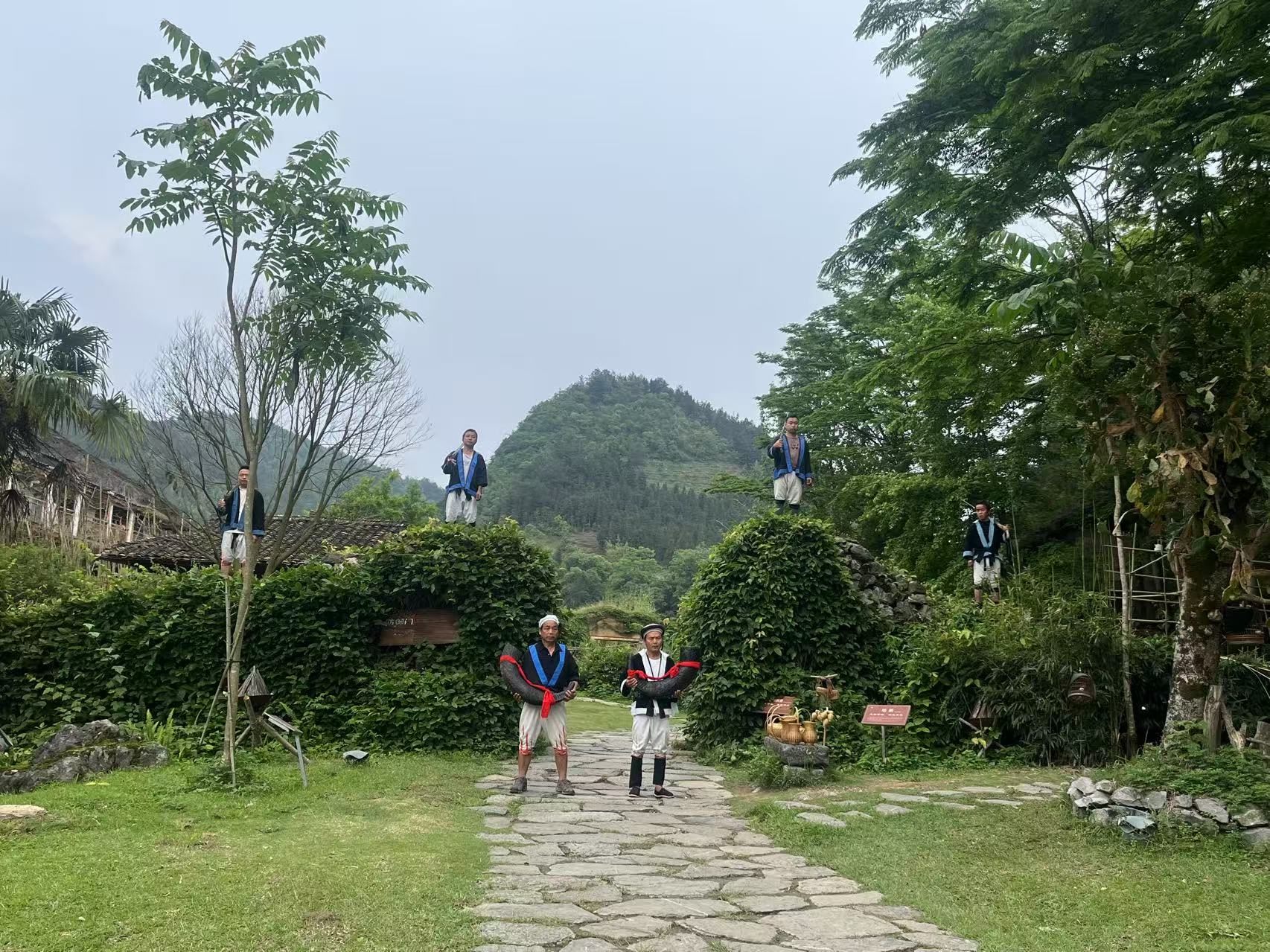Author:
Culturally responsive pedagogy incorporated into class is crucial nowadays, especially in Canada where multinational citizens from every country in the world come to, bringing along with their own characteristic cultures. Cultural diversity is an asset to everybody in this country, because every culture stands for an inspiring spirit or a precious tradition worthy of learning and studying. Then I will talk about this topic in the field of assessment methodology.
The assessment method should be differentiated according to different cultural backgrounds. In China, there are some universities for the minority nationalities. And the entrance grades for the minority students (the indigenous people in their lands) are always much lower than the majority nationality of Han. At first, I can not understand the reason for this until I visited one minority area in Guizhou Province, China. In this minority area, the economy is not developed, and the students here always do many home chores when they study. It means that they could not spend their whole time studying. However, in the majority area of Han, the students usually study the whole time. They do not have to help with the housework, they do not have to look after the elders, and they do not have to take care of the youngsters at home. Therefore, they spend much more time studying. Due to the economic levels and the minority cultures, it seems fair to make the university entrance grades lower for the minority students.
In post-secondary institutions, some curriculum is taught in indigenous ways in Thompson Rivers University (Howe et al. 2021). I think it is a good method to pass the indigenous cultures down to the next generations.
In a word, as we should embrace the cultural diversity and inclusion of pedagogy, the assessment methodology should be set in consideration of the different culture backgrounds. In order to conserve the indigenous cultures, it is beneficial to open curriculums in indigenous cultures in post-graduate institutions.
Reference:
Howe, E. R., Johnson, S., & Te Momo, F. (2021). Effective indigenization of curriculum in Canada and New Zealand: Towards culturally responsive pedagogies. Journal of Contemporary Issues in Education, 16(1). https://doi.org/10.20355/jcie29443

Thank you for sharing your critical overview of culturally responsive pedagogy and assessment practices. I agree with your setting of priority on recognizing the significance of culture and socio-economic status in education. The utilization of the given example of minority students in China was a solid proof of how unequal access to resources must be considered when applying assessments in practice, in favor of equal and more equitable practices. I also appreciate the fact that you have highlighted the use of indigenous pedagogies, which is necessary for creating an inclusive and representative curriculum. However, I feel that the problem lies in how to balance equity with maintaining the academic standards. Modifications to assessment should support students with special needs without watering down academic standards and ensuring equal opportunity for all students to succeed.
Thank you, Kavita. You have responed me with a comprehensive perspective from my whole article. From your response, you also provided your own concern about the equity of academic standards, which makes me think more on this aspect. Because students with special needs are usually difficult to teach, in the meanwhile, they have their own pace of learning, which may lack behind the normal students in the academic standards required. However, they may have their own inated gifts that need time to find this out. As for the equity, I think the absolute equity does not exist, and what we can do is try to make everything equitable.
Hi Sophia, thanks for your insightful blog. When thinking about CRE, assessment is one of those areas especially in Canada’s diverse classrooms. Adapting methods to respect varying cultural backgrounds ensures equity. The example you gave of the Chinese universities adjusting entrance scores for minority students, showed elements of CRE. Similarly, Thompson Rivers University incorporates Indigenous teaching methods, preserving cultural heritage. As international students coming to Canada, it is important for us to learn about the culture of the indigenous. I love when you said that cultural diversity is an asset for us all to learn and study in a varying way that promotes inclusion and cultural preservation.
Hi Ria, thank you for your comments. You have fully concluded the meaning of my article and given the best explanations of what I want to express. I totally agree with you that the indigenous cultures should be incorporated into our university teaching, which is also a kind of inclusion. Speaking of indigenous culture, indigenous people in Canada, I always have a sad mood from the inner part of mind. Sometimes, I just don’t know how to recall this history in Canada and talk about it. Therefore, when it comes to indigenous cultures and history, I just want to keep silent. So is there any other similar sad history in other indigenous people in other countries, other ares?
Your insights into the alternative grading for students belonging to the dominant verses marginalized areas is thought-provoking. In order to students in from marginalized communities to have a lower threshold for their exam grades shows inclusivity as their experiences are very different than those of students from the dominant community. This highlights equity in education by being more culturally responsive.